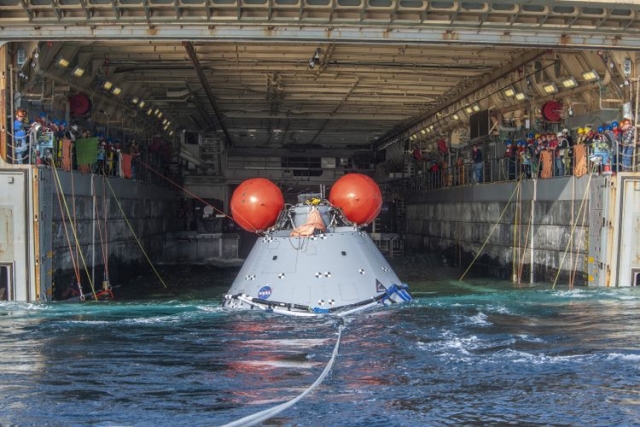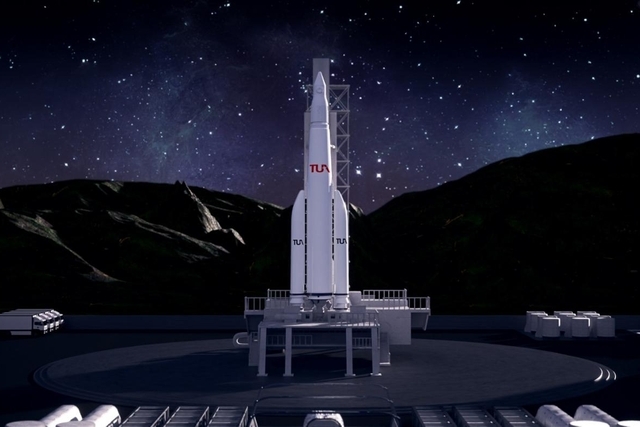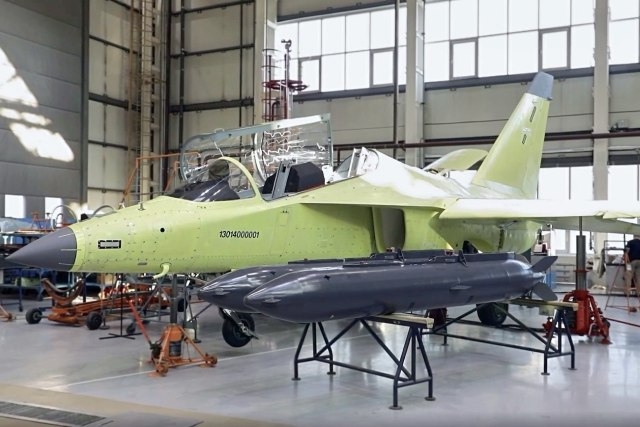DARPA to Study How to Make Money from the Moon

The U.S. Defense Advanced Research Projects Agency (DARPA) wants to establish new opportunities for rapid scientific and commercial activity on and around the Moon through collective infrastructure investments, and identify related technical challenges.
DARPA said the 10-Year Lunar Architecture (LunA-10) capability study aims to rapidly develop foundational technology concepts that move away from individual scientific efforts within isolated, self-sufficient systems, toward a series of shareable, scalable systems that interoperate — minimizing lunar footprint and creating monetizable services for future lunar users. The seven-month study will include both lunar providers and users.
“A large paradigm shift is coming in the next 10 years for the lunar economy,” said Dr. Michael “Orbit” Nayak, program manager in DARPA’s Strategic Technology Office. “To get to a turning point faster, LunA-10 uniquely aims to identify solutions that can enable multi-mission lunar systems – imagine a wireless power station that can also provide comms and navigation in its beam. For 65 years, DARPA has pioneered and de-risked technologies vital to civil space advancement — from the rocket technology in the Saturn V that took humans to the Moon for the first time, to the recent DARPA-NASA partnership to enable faster space travel to the Moon and beyond with a nuclear thermal rocket engine. LunA-10 continues this rich legacy by identifying and accelerating key technologies that may be used by government and the commercial space industry, and ultimately to catalyze economic vibrancy on the Moon.”
The agency anticipates making final analytical frameworks for lunar infrastructure available to the public.
The study’s thrust areas, derived from a subset of key sectors identified in a market analysis of the future lunar economy, include the following (with more details in the solicitation): transit/mobility; energy; communications; and other revolutionary orbital or surface infrastructure concepts.
LunA-10 aims to facilitate the fusing and co-optimization of as many infrastructure sectors as possible, into key nodes that can be scaled up in the future.
“Just like DARPA’s foundational node of ARPANET grew into the sprawling web of the internet, LunA-10 is looking for those connective nodes to support a thriving commercial economy on the Moon,” Nayak said.
LunA-10 aims to select performer companies that have a clear vision and technically rigorous business plan for providing or using one or more lunar services, and then fuel them to work together in a highly collaborative environment where they will design new integrated system-level solutions that span multiple services. Lunar transmission, energy, and communications are likely cornerstones, and the program is soliciting other sectors to create monetizable commercial services on and around the Moon by 2035. This would complement NASA’s Moon to Mars Objectives focused on human exploration, science and experimentation on the Moon.
“Opportunities for technology maturation are key for development for lunar capabilities in order to meet the objectives of future lunar architectures,” said Niki Werkheiser, Director of Technology Maturation in NASA’s Space Technology Mission Directorate.
The study will not fund technology construction, transportation to the lunar surface, or integration with lunar delivery vehicles. However, DARPA intends to provide economic expertise to all LunA-10 teams to help analyze and validate definitions of a critical mass to create a thriving, survivable lunar economy. LunA-10 is grounded in the Outer Space Treaty (1967). In accordance with Article IV of the treaty, all developments and involvement by civilian and/or military personnel in this effort pertain to scientific and peaceful purposes.
Three-page abstracts in response to the LunA-10 solicitation are due by Sept. 6, 2023. Respondents whose abstracts are selected will be invited to submit a 10-page white paper and technical presentation by Sept. 25, 2023. Selected white papers will receive an Other Transaction award not to exceed $1,000,000. Selected performers will not be expected to share their intellectual property, but DARPA is seeking those that are willing to collaborate engineering efforts toward models of clustered lunar activity versus individual, commercial ventures.
Performers selected for LunA-10 will be announced at the fall meeting of the Lunar Surface Innovation Consortium (LSIC) in October 2023. Performers will openly brief their work to the lunar community at the Spring LSIC meeting in April 2024, and provide a final report in June 2024.













